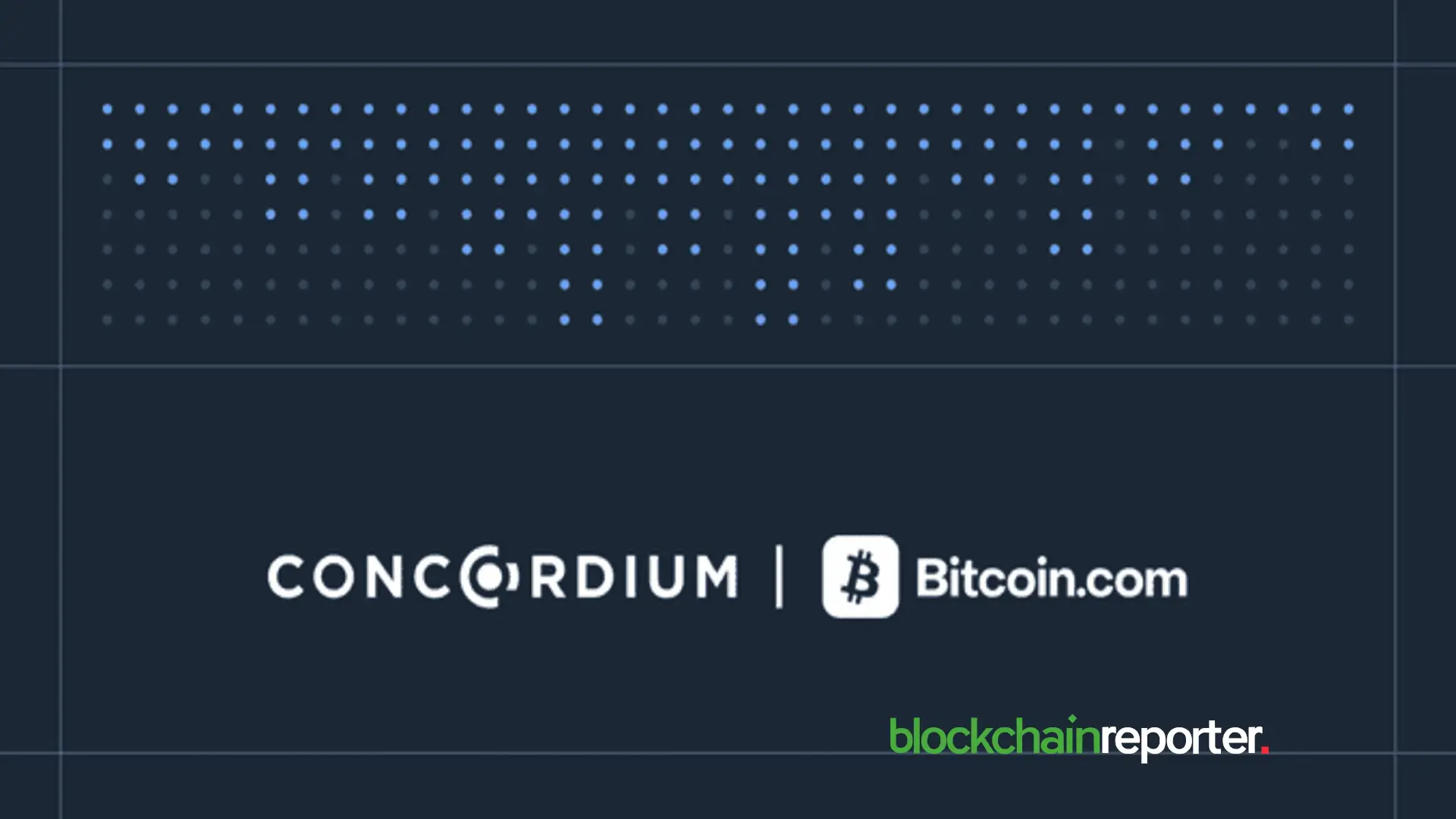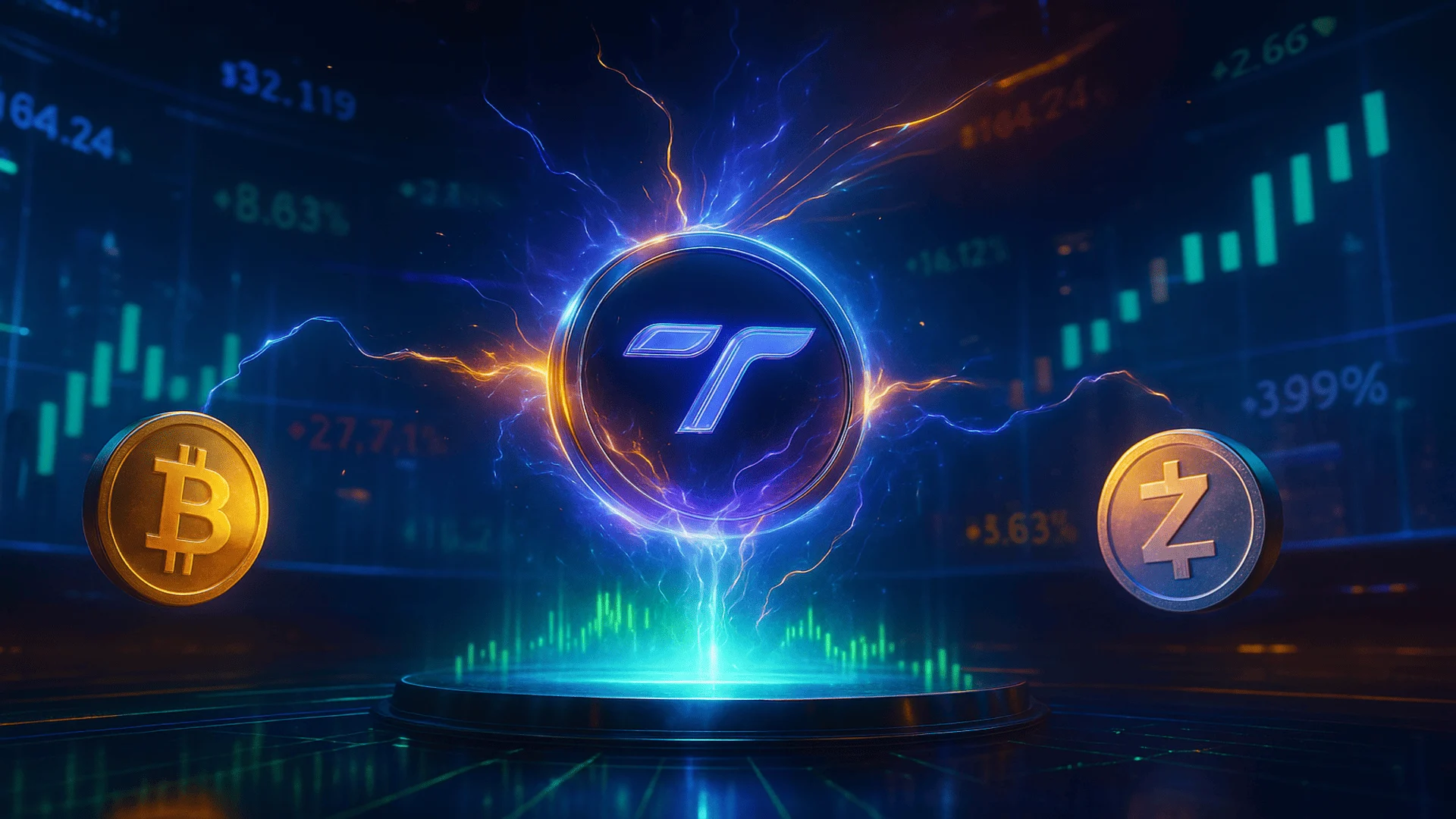Hashing in the Crypto Blockchain Market



Introduction
When someone talks about blockchain technology or cryptocurrency, you often think of Bitcoin or mining. But very few understand the invisible system in the background that keeps the entire system running. That engine is called hashing. Without hashing, there would be no Bitcoin, no Ethereum, no digital asset. It is the very essence of the blockchain world. Hashing implies converting any amount of data into a short fixed-length code. That code is unique for every input.
What is Hashing?
Simply put, hashing is like a digital fingerprint. When you put data into a hash function, it produces a unique result. The whole result will change if you change even a single character in your input. This makes it easy to detect tampering or fraud. The process looks deceptively simple, but the logic behind it is a bit complicated yet powerful.
Hashing is regarded as deterministic in nature, which means that the same input always gives the same output. It is also irreversible. You can see the hash but cannot find out the original data from it. Another key feature is collision resistance. Two different inputs cannot produce the same output. If that happens, the whole system collapses.
Why Hashing is Important in Blockchain
Hashing links the blocks together in the blockchain. Each block carries the hash of the previous one, creating a long chain that nobody can break. If someone changes even one detail in a block, the hash changes instantly and the system rejects it. This is how blockchain stays secure and transparent.
Inside every block, transactions are grouped together using something called a Merkle tree. The tree stores the hash of each transaction and then combines them until only one hash is left. That single hash represents all the transactions in the block. This system helps in verifying transactions without loading the whole blockchain on your computer.
Common Hashing Algorithms
Bitcoin uses SHA-256, which stands for Secure Hash Algorithm 256-bit, which is considered secure and reliable. Ethereum uses a different algorithm called Keccak-256. Both serve the same purpose but work in slightly different ways.
There are a few newer projects that use Blake2b or Argon2. These are not only faster but also harder to attack. Developers keep testing new system to keep the network secure and to make it more and more efficient with the passage of time. The choice of hash algorithm affects everything from speed to mining cost.
Hashing and Mining
Mining is where hashing becomes real work. When miners try to add a new block, they compete to find a hash that meets the requirements set by the network. They keep changing a small number called a nonce until the result fits the rule. This process is called Proof of Work.
The computer that finds the right hash first gets the block reward. This is how a new $BTC is created. Satoshi Nakamoto designed the system so ingeniously that the more miners join the network, the harder it becomes to find the next block. The total computing power of all miners is called hashrate. The higher the hashrate, the more secure the network. But it also means higher energy usage and stronger machines. Over time, this led to a shift of mining activities towards specialized computers called ASICs, which are much faster even than gaming PCs.
Beyond Proof of Work
Ethereum’s move from proof-of-work to proof-of-stake mechanism did not do away with hashing behind. Hashing still helps in creating randomness, verifying data, and securing transactions. Even in newer models like Proof of History or Delegated Proof of Stake , hash functions play a key role. In Solana, for example, the system uses continuous hashing in order to allow faster confirmation of transactions.
Advanced Uses of Hashing
Modern blockchain networks use hashing for privacy and scalability. In Zcash and other privacy coins, hashes help hide transaction details while keeping them verifiable. Mixers and shielded transactions use Merkle trees to group users together. This makes it hard to track who sent what.
In scaling solutions, hashes are used to keep records small. For example, in sharding, each shard keeps a state root that is a hash of all data inside it. This allows other parts of the network to confirm it quickly. Moreover, Zero-knowledge proofs , such as zk-SNARKs, use hashes to prove something is true without showing the actual data. This is a growing area that promises both privacy and speed.
Challenges and Future of Hashing
Quantum computing is the biggest threat to current hashing systems as it is capable of guessing hashes and breaking old algorithms. Scientists are already working on post-quantum hashes like SPHINCS+. These will keep the blockchain safe in the coming decades.
A new idea that promises bright future for hashing is Verifiable Delay Function (VDF). It makes sure that everyone in the network waits the same amount of time for a result. This can stop unfair advantages and improve fairness in mining and staking.
Furthermore, certain projects are exploring Directed Acyclic Graphs (DAGs). These systems also depend on hashing but arrange data differently. Instead of a single chain, they create several connected branches. It might become the next big thing in decentralized systems.
Market and Economic Impact
Hashing affects the crypto economy directly. The stronger the hashrate, the safer the network, but also the higher the energy use. Miners invest millions of dollars in hardware and electricity. This creates what analysts call the ASIC war.
A country with cheaper electricity can attract more miners, which shifts network power. Governments have started to regulate mining because of energy concerns. Hashing power has become an economic indicator, showing how healthy a blockchain is.
Even investors look at hashrate trends before buying coins. Where a strong and rising hashrate means the network is secure and trusted, a declining hashrate shows that miners are leaving, which may lead to slower blocks or lower confidence.
Conclusion
The sum and substance of the discussion is that hashing is the backbone of the crypto world. It secures data, verifies transactions, and connects every block in the chain. From Bitcoin’s first block to modern smart contracts, hashing has guided the whole system like a silent guardian. As technology moves toward quantum age, new forms of hashing will emerge. Yet the core idea will remain the same. Hashing will continue to turn numbers into trust, and trust into value. That is what makes it the most powerful idea in the world of digital money.

Cwallet Joins Conflux Network to Accelerate Web3 Innovation and Accessibility
The partnership is set to integrate L1 blockchain infrastructure of Conflux Network with the thoroug...

Bitcoin.com and Concordium Collaborate on Privacy-Preserving, Age-Verified Stablecoin Transactions for 75 Million Wallets
Bitcoin.com partners with Concordium to launch age-verified stablecoin payments for 75M wallets, mer...

Best Crypto To Buy Now: ZEC Jumps Double Digits, BTC Bounces — TAPZI Emerges as Top Pick
ZEC jumps 20% as BTC rebounds above $103K; TAPZI presale nears 70%, ranking among the best crypto to...

